Spice Up Your Life: 7 Sizzling Secrets of Spicy Vietnamese Cuisine
If you're a fan of bold flavors, fiery heat, and aromatic complexity, then Vietnamese cuisine might just become your new obsession. While it’s not as famously spicy as its Thai or Szechuan cousins, Vietnam packs a serious punch when it comes to using spice creatively. In this blog, we’ll dive deep into the world of Vietnamese Food Spicy, uncovering how heat is used with finesse and flair in traditional dishes.
Table of Contents
- Introduction
- The Spice Cabinet of Vietnam
- Heat Profiles: How Hot Does It Get?
- Top 5 Spicy Vietnamese Dishes You Must Try
- Pro Tips for Playing with Fire in the Kitchen
- A Taste of Culture: Spices in Vietnamese Society
- Bring the Heat Home: Making Spicy Vietnamese at Home
- Conclusion
The Spice Cabinet of Vietnam
When most people think of Vietnamese cooking, fresh herbs like cilantro and mint come to mind. But there's more than just aroma in that kitchen drawer — let's talk about the real spice players.
| Spice/Ingredient | Description | Common Usage |
|---|---|---|
| Fresh Chilies | The go-to source of heat; can be green or red | Sauces, garnish, stir-fries |
| Chili Paste (Tương Ớt) | Thick, concentrated paste often mixed with garlic and vinegar | Dipping sauces, marinades |
| Black Pepper | Whole or crushed; used liberally | Seafood, grilled meats |
| Lemongrass | Adds citrusy note and subtle heat | Grilled meats, soups |
| Ginger | Used fresh or pickled for zing | Noodle dishes, salads |
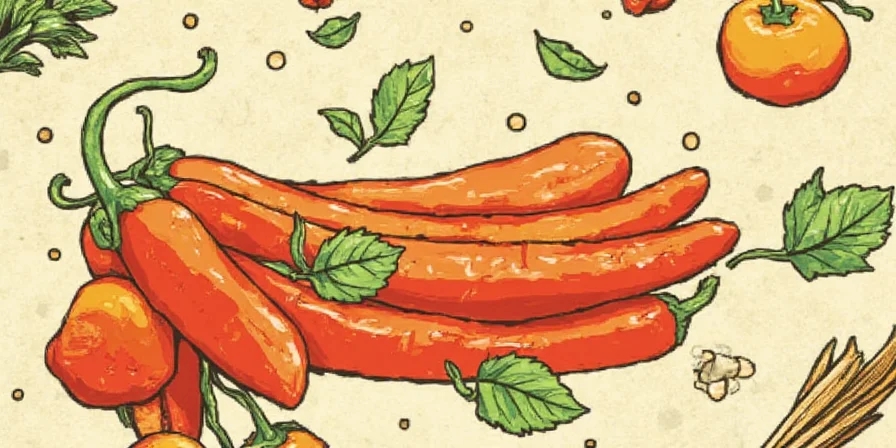
Heat Profiles: How Hot Does It Get?
Vietnamese cuisine doesn't aim to scorch your taste buds. Instead, it layers heat with balance. Here's a quick breakdown of how spiciness works in Vietnam:
- Customizable Heat: Most restaurants will offer chili sauce on the side, letting you control your own destiny.
- Regional Differences: Southern Vietnamese food tends to be spicier than northern styles.
- Subtle Overload: Spices are often balanced with sweet, sour, salty, and umami — never overpowering.
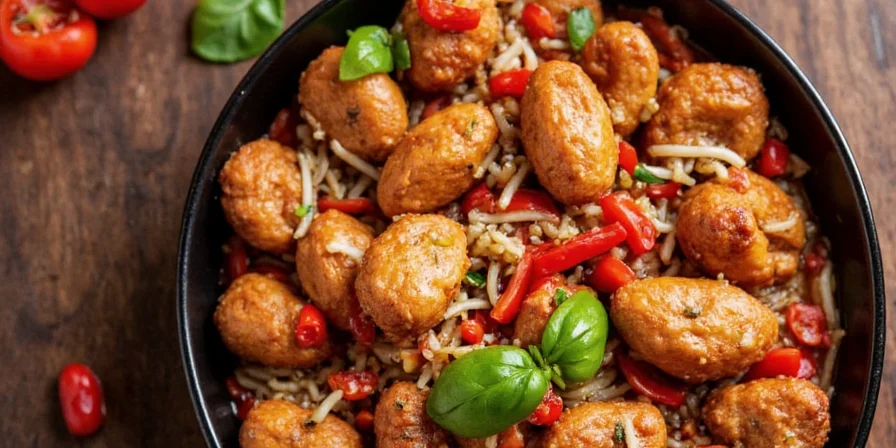
Top 5 Spicy Vietnamese Dishes You Must Try
If you're looking to explore authentic Vietnamese food spicy style, here are five must-try dishes that bring the fire without sacrificing flavor.
- Bún Mắm – A pungent fish-based noodle soup with fermented ingredients and liberal use of chilies.
- Lẩu Cá Cay (Spicy Fish Hotpot) – A southern specialty simmered with lemongrass, chili, and spices.
- Bò Lúc Lắc (Shaking Beef) with Chili – Cubes of tender beef tossed with black pepper and chili for a sizzling kick.
- Hải Sản Cay (Spicy Seafood Stir-Fry) – Shellfish and squid sautéed in a savory-spicy sauce.
- Cơm Tấm with Grilled Pork Chop & Chili Fish Sauce – The perfect combo of smoky, salty, and spicy.
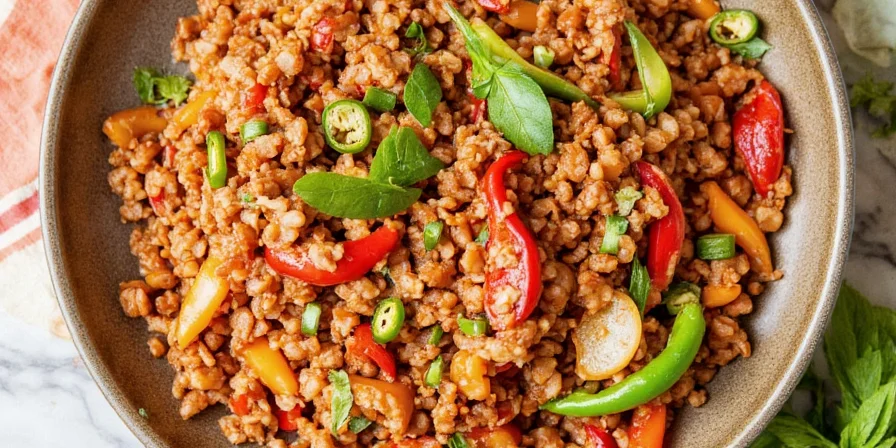
Pro Tips for Playing with Fire in the Kitchen
Want to recreate these flavors at home? Here are some chef-approved tips for handling spices like a pro:
- Control the Heat: Remove seeds from fresh chilies for a milder burn. Use gloves to avoid skin contact!
- Toast It: Toast whole spices like star anise or coriander seeds before grinding them for richer depth.
- Burn Baby Burn: Char lemongrass over an open flame to unlock its oils before slicing.
- Balance Is Key: Counteract spice with lime juice, sugar, or coconut milk.
- Don’t Forget Fermentation: Ingredients like shrimp paste or fermented fish sauce add umami that plays well with spice.
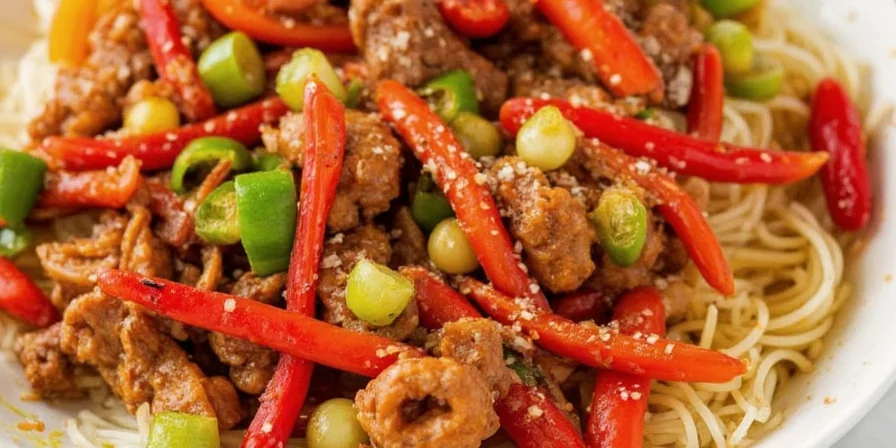
A Taste of Culture: Spices in Vietnamese Society
Spice in Vietnamese culture isn’t just about flavor — it’s about identity. Each region uses different levels of heat and aromatics to reflect local climates and traditions.
- In the **north**, subtlety reigns. Herbs dominate, and spice takes a backseat.
- In the **central region**, especially around Hue, dishes can get fiery and complex — a nod to royal palace cooking.
- In the **south**, spice becomes bolder and more experimental, influenced by Cambodian and Thai flavors.
Bring the Heat Home: Making Spicy Vietnamese at Home
You don’t need to fly to Hanoi to enjoy some spicy Vietnamese action. Here’s a simple recipe to try at home:
Spicy Lemongrass Pork Stir-Fry (Heo Xào Sả Ớt)
A quick dish that delivers bold flavors and a moderate kick. Perfect for weeknight dinners.
Ingredients:- 500g pork belly or shoulder, sliced thin
- 2 stalks lemongrass, finely chopped
- 2–3 fresh red chilies, sliced
- 3 cloves garlic, minced
- 2 tbsp soy sauce
- 1 tbsp fish sauce
- 1 tsp sugar
- 1 tbsp vegetable oil
- Salt and pepper to taste
- Heat oil in a wok or large skillet over medium-high heat.
- Add garlic and lemongrass; sauté until fragrant (about 2 minutes).
- Add pork slices and cook until browned and nearly cooked through.
- Mix in soy sauce, fish sauce, sugar, and chilies. Cook for another 2–3 minutes until pork is fully done.
- Taste and adjust seasoning. Serve hot with rice or noodles.
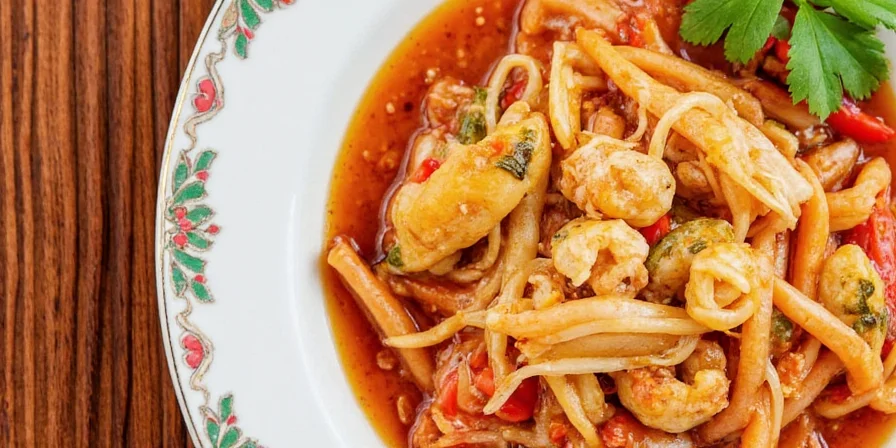
Conclusion
Vietnamese food spicy style is a hidden gem waiting to be discovered. Whether you're craving a slow-building burn or a face-flushing rush, Vietnam has something for every palate. With a little knowledge and a few key ingredients, you can replicate that balance of heat, fragrance, and flavor right in your own kitchen. So grab those chilies, fire up the stove, and let Vietnam ignite your senses one bite at a time!

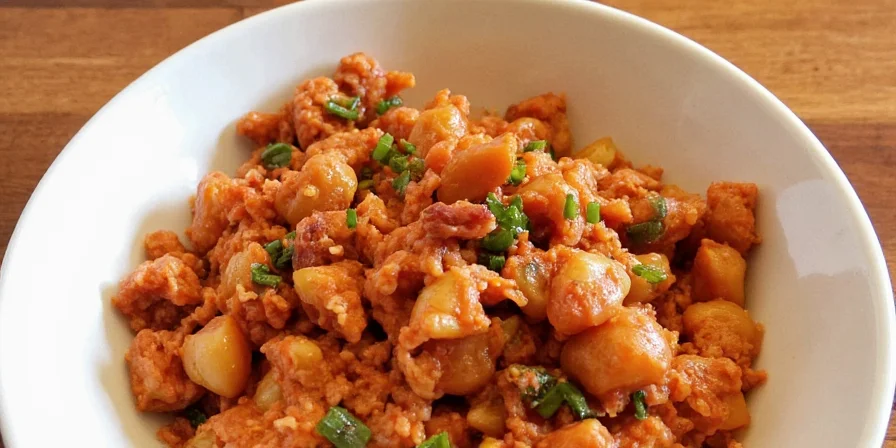









 浙公网安备
33010002000092号
浙公网安备
33010002000092号 浙B2-20120091-4
浙B2-20120091-4